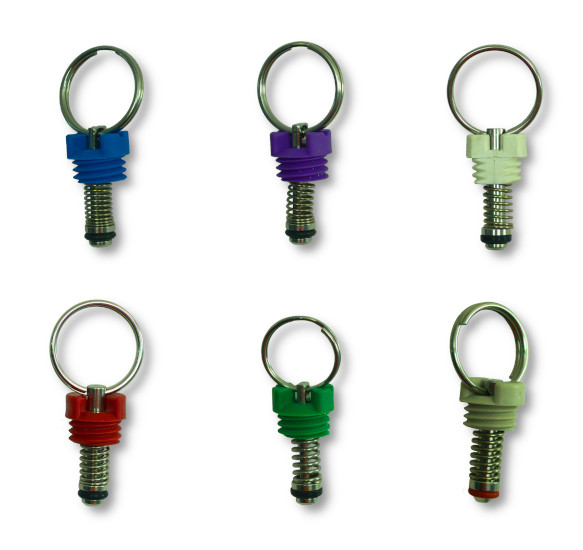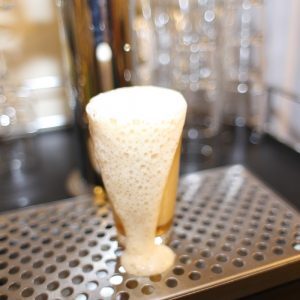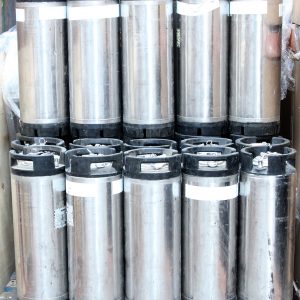Can liquid yeast be shipped in the mail?
Absolutely! We will take great care of the packaging and ensure the yeast stays in as good condition as possible.
How should I best use liquid yeast in my brewing process?
Using liquid yeast in brewing can enhance the flavor and character of your beer. Here are some tips for optimal usage:
- Properly store the liquid yeast in the refrigerator before use.
- Plan ahead and prepare a yeast starter to ensure a healthy yeast population and a strong fermentation.
- Follow the instructions provided by the yeast manufacturer for rehydration or direct pitching into your wort.
- Maintain a suitable fermentation temperature to promote yeast activity and flavor development.
- Consider using a yeast nutrient or energizer to support yeast health and fermentation performance.
What are the recommended Keg King products for using liquid yeast?








